Curious about the minimum length of hair for extensions? Generally, hair extensions require at least 3 to 4 inches of natural hair to attach securely and blend seamlessly. This guide will explain the length needs for various extension types like clip-ins and tape-ins and offer tips for the best results.
Key Takeaways
To achieve a natural look, minimum hair lengths for extensions vary: 4 inches for clip-ins and 5-7 inches for tape-in and micro ring extensions!
Longer hair (6-7 inches) helps with seamless blending while maintaining the right length and prevents damage and breakage to your natural hair.
Consulting a professional stylist is key for selecting the right extensions—quality, type, and blend matter for a flawless finish!
Minimum Hair Length for Extensions
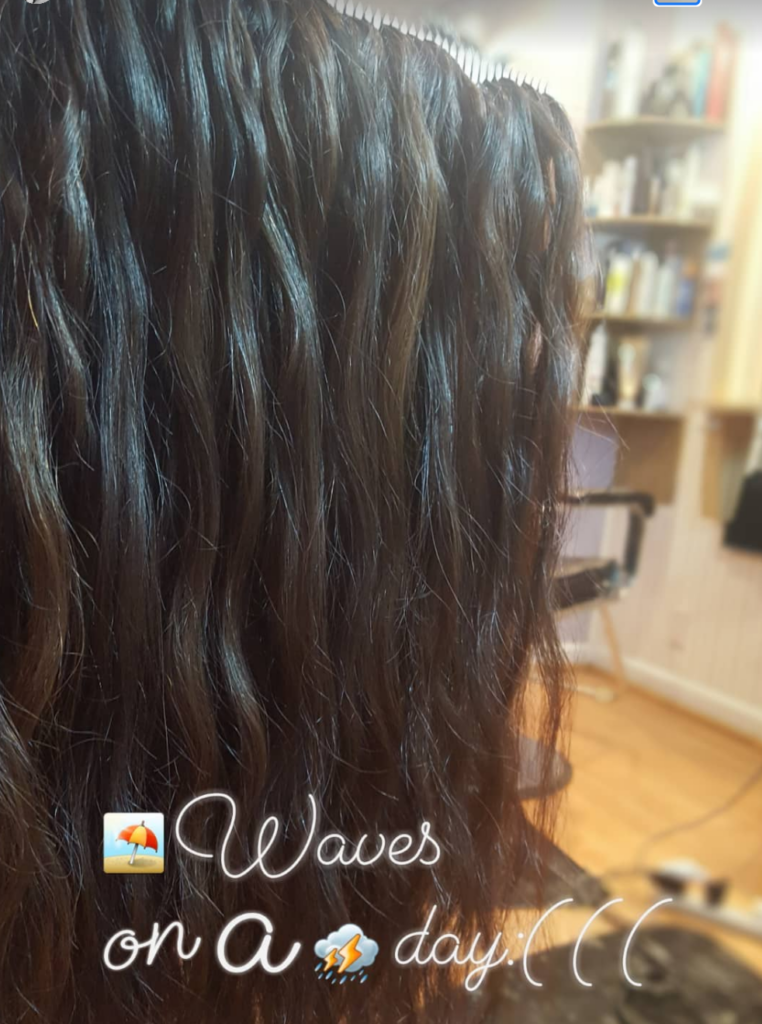
Knowing the minimum hair length needed for extensions is crucial for a flawless and natural look. Each type of extension method—clip-in, tape-in, micro ring, and more—has specific length requirements to ensure secure attachment and seamless blending with your natural hair. Understanding these requirements is the first step toward choosing the right hair extensions.
Extensions may not blend well if your hair is shorter than the required length, leading to an unappealing and choppy look. This can also lead to potential damage, as extensions placed on too short hair can cause undue stress on your natural strands.
Here are the minimum length requirements for popular extension methods like Clip-In, Tape-In, and Micro Ring extensions.
Clip-In Extensions
Clip-in extensions are a popular choice for their ease of use and versatility. Clip-in extensions need at least 4 inches of natural hair for a secure and natural look. This length ensures the clips attach firmly without slipping and helps blend the extensions seamlessly with your natural hair.
The longer your natural hair, the easier it is to achieve a flawless integration, making those extra inches of hair a game-changer in the world of clip-ins.
Tape-In Extensions
Tape-in extensions are loved for their discreet and lightweight nature. Tape-in extensions require at least 5-7 inches of natural hair to adhere correctly and remain undetectable. This length ensures the tape can attach securely and blend effortlessly with your hair, providing a seamless and voluminous look.
Micro Ring Hair Extensions
Micro ring hair extensions, also known as micro bead or microlink extensions, require a minimum of 5-7 inches of natural hair for secure attachment. Applied strand by strand, these extensions add length and volume, offering a more customized and natural look. Fusion hair extensions also require a minimum of 4-5 inches of natural hair for optimal results, similar to micro ring extensions.
Why Starting Length Matters
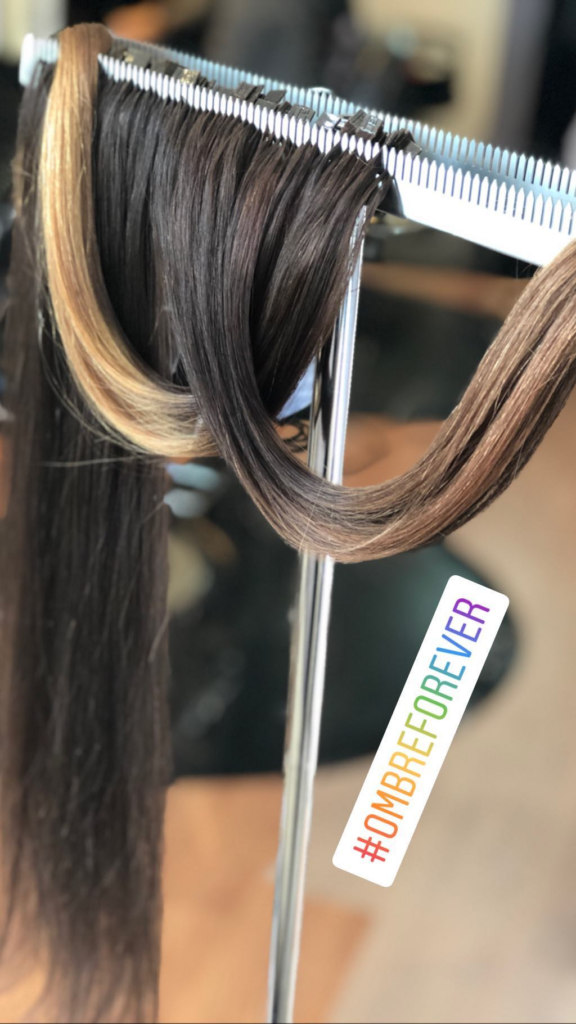
The initial length of your natural hair significantly affects how well your extensions will blend and stay secure. Extensions are generally more effective when your natural hair length is at least 5-7 inches long. Having at least 5-7 inches of natural hair helps avoid a choppy or obvious appearance, ensuring a natural look.
Blending with Natural Hair
Achieving a seamless and natural look with hair extensions heavily depends on how well they blend with your natural hair. A minimum of 6-7 inches of natural hair is often recommended for optimal blending. Longer natural hair allows for easier integration of clip-in extensions, creating a seamless appearance.
Layering the extensions and choosing ones that complement your face shape can further enhance the natural look.
Avoiding Damage
Extensions on hair that is too short can cause significant stress and potential damage. Extensions may appear unnatural if your hair doesn’t meet the minimum length, leading to a less desirable outcome.
To avoid this, ensure your natural hair is long enough to support wearing hair extensions without causing breakage or other damage.
Extensions for Short Hair
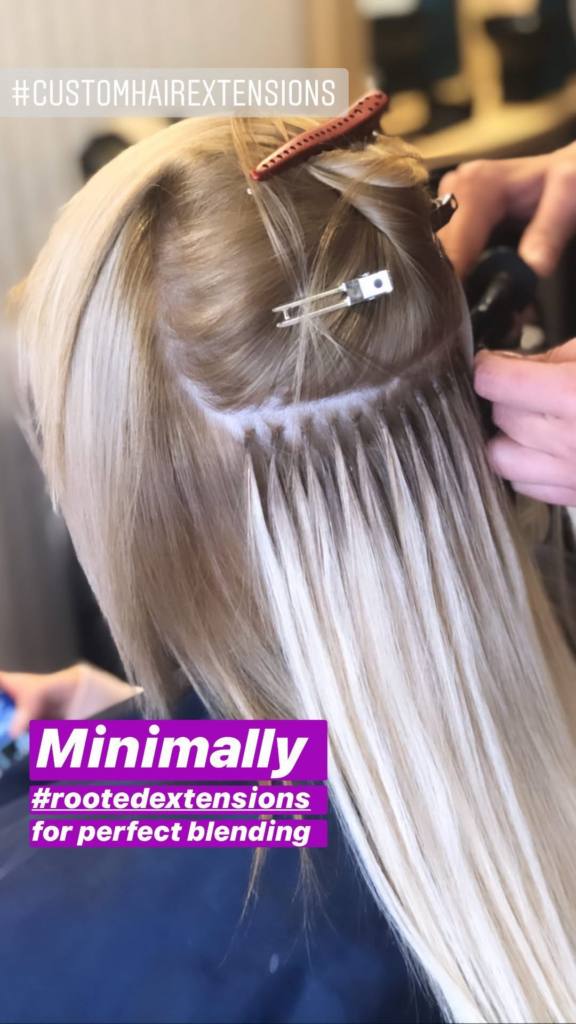
If you have short hair, you might think extensions are out of reach, but that’s not the case! Extensions can work wonders even for short hair, provided they meet the minimum hair length requirements. Any extension method requires a few inches of natural hair to attach securely and blend well.
However, the shorter hair, the more careful you need to be in choosing the right type and length of extensions. Selecting shorter extensions for very short hair can minimize pull and ensure a more natural appearance.
Let’s explore the best methods for short hair and some tips for blending extensions seamlessly.
Best Extension Methods for Short Hair
Specific extension methods are particularly effective for short hair. Tape-in extensions lay flat against your scalp, providing a natural look without adding bulk. Fusion extensions are another excellent option, as they can discreetly add length and volume. Fusion hair extensions generally require a minimum of 4-5 inches of natural hair for optimal results.
For those with extremely short hair, micro bonds, V-Light, and CombLine extensions are specifically designed to cater to very short locks.
Tips for Blending Extensions with Short Hair
Blending extensions with short hair takes a bit of finesse. Layer the extensions to create a natural transition between your hair and the extensions. Use styling products for blending and place the extensions carefully to avoid noticeable lines.
Considering your face shape and natural hair texture can help achieve a seamless and natural look.
Assessing Your Hair Type and Texture
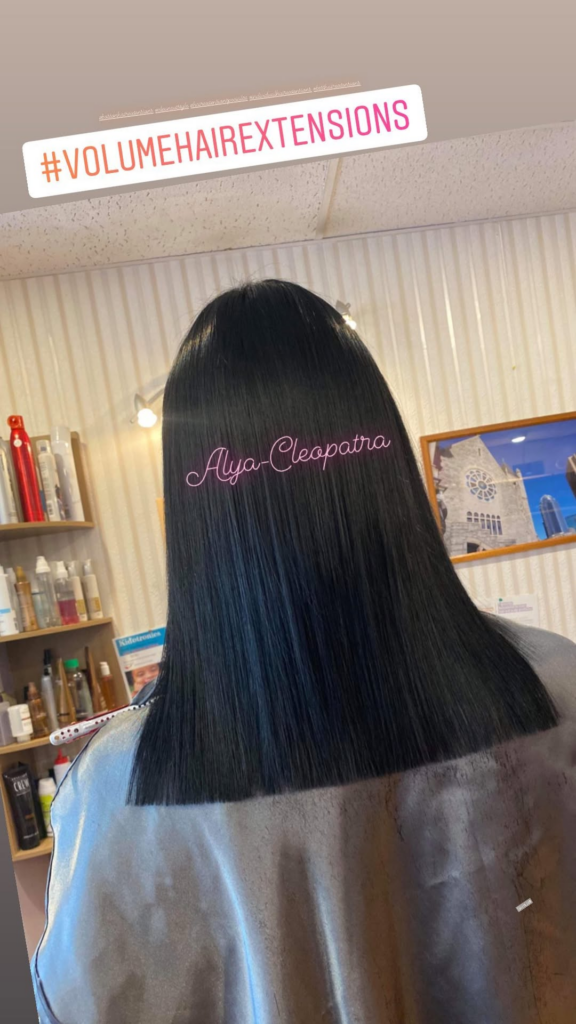
Assessing your natural hair type and texture is crucial before choosing extensions. This assessment ensures that the extensions blend seamlessly with your natural hair and provide the desired look. Hair color, thickness, and texture must be matched carefully to avoid any noticeable differences.
A professional hairstylist can help determine the best extensions for your hair characteristics. Quality human hair extensions often yield better blending and durability than synthetic ones, making them worth investments.
Thick vs. Thin Hair
Hair thickness dramatically influences the choice of extension length and methods. Those with thick hair have more flexibility in choosing longer extensions, allowing various styling options without compromising on blending.
Thicker hair types can better support bonding extension weight, making sew-in or micro-bead methods more effective.
Fine Hair Considerations
Individuals with fine hair can use extensions but should choose carefully – acceptable hair benefits from lighter extensions to prevent damage and maintain a natural look. Choosing high-quality extensions is crucial for fine hair to ensure they do not cause excessive breakage.
Other Factors to Consider When Choosing Extensions
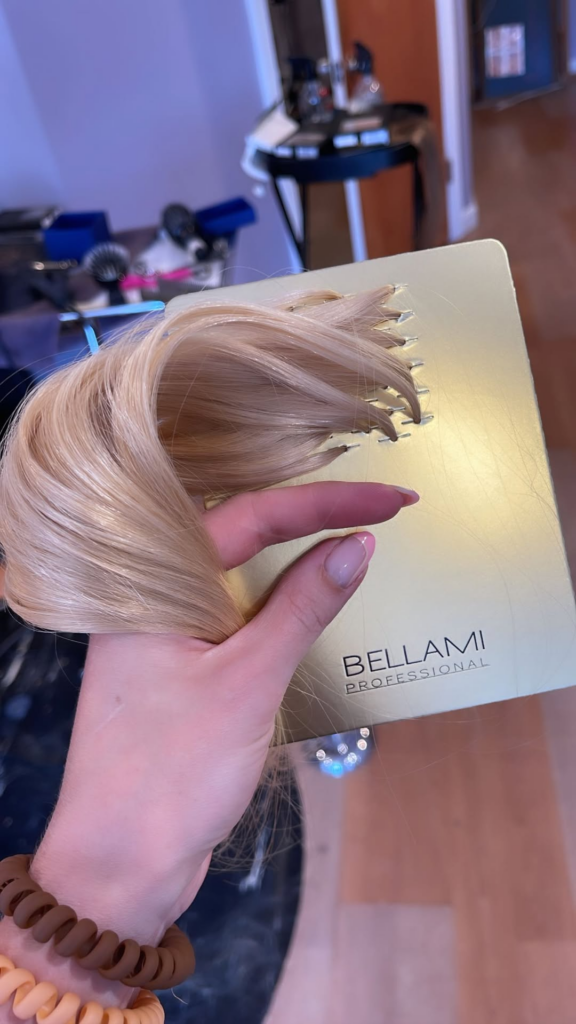
When selecting hair extensions, several other factors come into play beyond the length and type of extensions. Assessing your hair’s health, including any damage or elasticity issues, is key to choosing suitable extensions. A hairstylist can offer personalized recommendations matching your hair’s density and condition.
Also, consider the weight of the extensions and how they will sit compared to your natural hair. Heavier extensions may not be suitable for those with fragile or thinning hair, as they can cause additional strain.
Face Shape and Style Preferences
Your face shape significantly affects which extension style will look best on you. Extensions complementing your unique facial features can create a more harmonious and flattering appearance.
For example, a round face may benefit from longer, layered extensions, while a pixie cut might suit more angular features.
Hair Quality and Maintenance
High-quality extensions are key for a natural look and reduced maintenance. Quality extensions can last longer and require less upkeep, making them a worthwhile investment.
When booking an appointment, discuss your desired style and potential concerns to ensure the best outcome.
How to Measure Your Hair Length
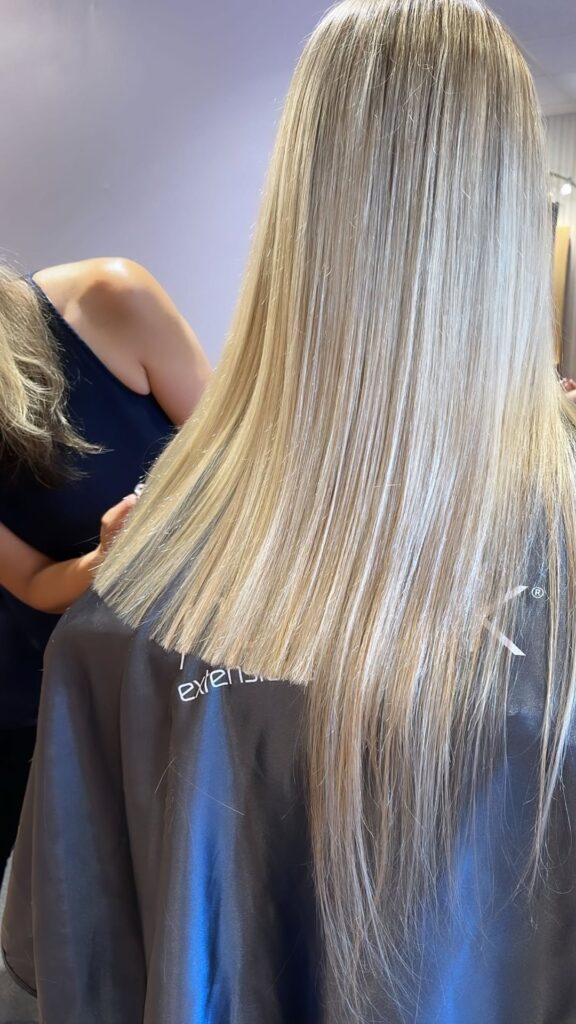
Accurately measuring your hair length helps determine if it meets the minimum requirements for extensions. For precise measurement, straighten your hair and use a measuring tape. Position the tape at the top of your ear and slide your fingers to the desired length. For better accuracy, consider having someone assist you in holding the tape measure from the scalp to the ends of your hair.
Knowing your current hair length and desired extension length sets realistic expectations and ensures proper planning for installation.
Using a Measuring Tape
Begin measuring your hair length from the center of your forehead, moving down to the tips of your hair for precision. Hold a measuring tape straight along the hair strands without pulling for an accurate measurement.
Keep the tape straight and snug against your scalp to accurately measure from root to tip.
Setting Realistic Expectations
To set realistic expectations, start by understanding your current hair length and compare it with the desired length you hope to achieve with extensions. This comparison helps align your goals and ensures you choose extensions that will provide the desired natural-looking results.
Professional Consultation

Choosing the right hair extensions often requires consulting a professional hairstylist. A stylist can recommend the best extensions for your hair type, texture, and condition. They can also ensure that the right products and methods are used to install hair extensions to achieve the best results.
An appointment for a consultation allows for a detailed discussion about your desired style and specific hair extension outcomes.
Benefits of Consulting a Hairstylist
A professional hairstylist ensures you get the most out of your hair extensions. A stylist can match the best products and techniques to your hair needs, providing a seamless blend and natural look.
DH Estetika, for instance, uses only high-quality products and cutting-edge techniques, offering a variety of hair extensions to suit different preferences.
Booking an Appointment
Booking an appointment at DH Estetika is straightforward with its online platform, allowing clients to select convenient times without phone calls.
Located in Boston, DH Estetika offers a welcoming environment and personalized services to help you achieve your desired hair transformation.

Summary
Understanding the minimum hair length required for extensions is crucial for achieving a natural and seamless look. You can confidently transform your hair by assessing your hair type and texture, consulting with a professional stylist, and choosing high-quality extensions. Remember, the right starting length, proper blending techniques, and careful maintenance are key to enjoying beautiful, voluminous locks.
Ready to take the plunge and transform your hair? Book a consultation with a professional stylist today and embark on your journey to stunning hair extensions!
Comments +